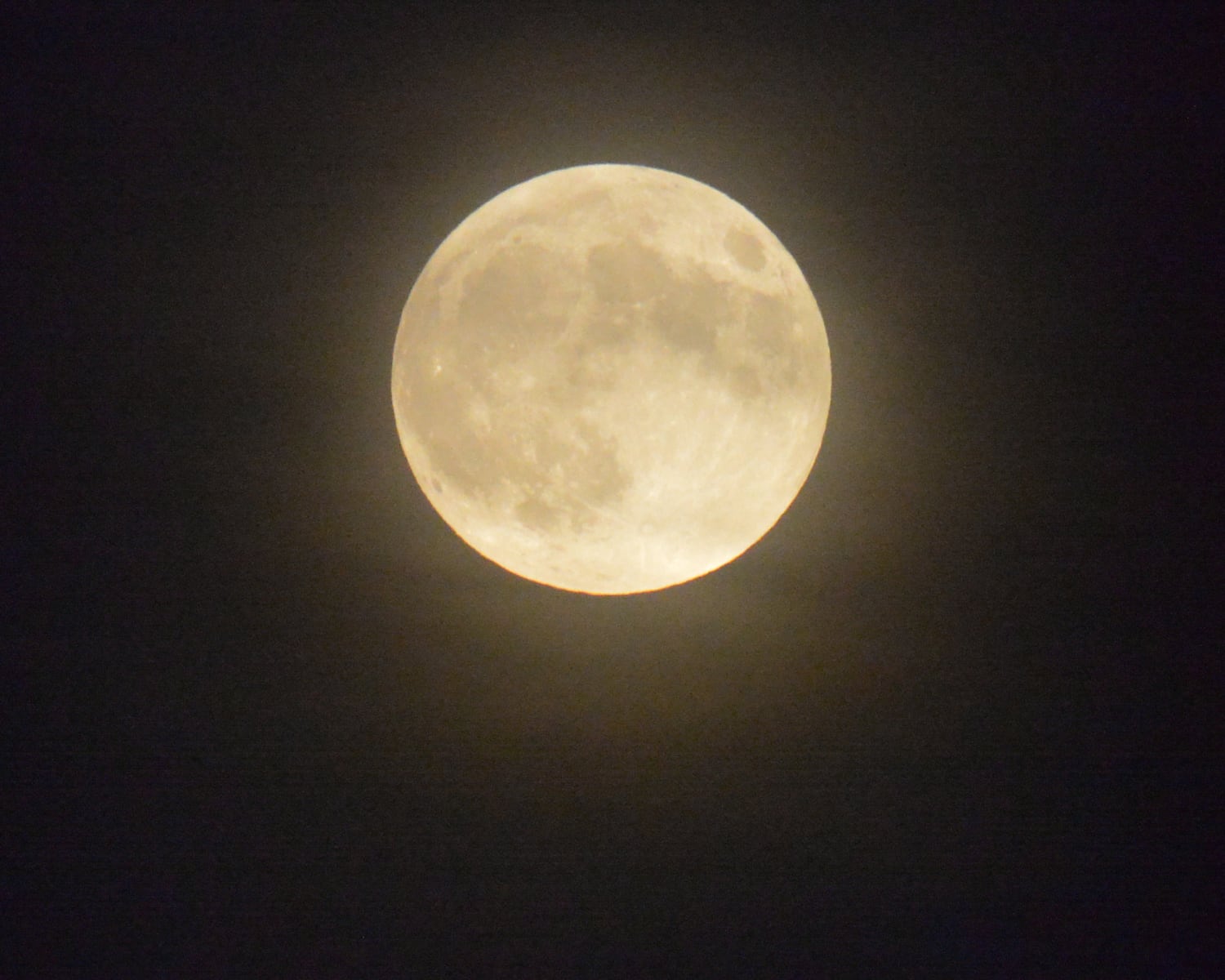Science
Stargazers Prepare for Celestial Events Through October 2025

Astronomy enthusiasts can look forward to a series of spectacular celestial events through October 2025. Notable highlights include the Draconid meteor shower on October 8, 2025, and a conjunction of the Moon and Jupiter on October 13, 2025. These events will be particularly visible to residents in Staten Island and the wider New York metropolitan area.
Draconid Meteor Shower Peaks on October 8
The Draconid meteor shower is set to reach its peak activity on October 8, providing an excellent opportunity for stargazers. Active from October 6 to October 10, this meteor shower can be observed across the Northern Hemisphere. Local observers can expect an impressive display of shooting stars, especially around 9:00 p.m. Eastern Time.
The radiant point of the Draconid meteor shower is located in the constellation Draco. For optimal viewing, experts recommend finding a dark area away from city lights. Parks and open spaces in Staten Island will likely offer the best conditions. Observers should look approximately 30-40 degrees away from Draco to catch the most meteors.
Celestial Dance of the Moon and Pleiades on October 10
On October 10, astronomy enthusiasts will have the chance to witness the Moon’s close approach to the Pleiades star cluster (M45) in the morning sky. This event will occur at 06:43 BST, with the Moon and Pleiades passing within 54.7 arcminutes of each other. While the timing is in British Summer Time, it will still be observable from the northeastern United States.
The Moon will be at a magnitude of -12.6, while the Pleiades cluster will shine at a magnitude of 1.3. Both celestial bodies will be visible in the constellation Taurus, rising around 8:53 p.m. local time and reaching their peak around 03:40 a.m. local time. Those interested in observing should consider using binoculars for a better view.
Southern Taurid Meteor Shower Peaks on October 10
On the same day, stargazers can also enjoy the Southern Taurid meteor shower, which will peak on October 10. This annual meteor shower, which originates from debris left by comet 2P/Encke, will be active from September 10 to November 20. Local observers can expect to see about four meteors per hour during peak viewing times, especially around 2:00 a.m. Eastern Daylight Time.
The radiant point for this meteor shower is located in the constellation Cetus. Viewers should look towards the eastern horizon, focusing about 30-40 degrees away from the radiant point for optimal meteor spotting. However, the visibility may be affected by the waning gibbous Moon, which will rise around 8:50 p.m. on the same night.
δ-Aurigid Meteor Shower and Lunar Occultation on October 11
The following day, October 11, will feature the δ-Aurigid meteor shower, reaching its peak during the pre-dawn hours. Observers can expect to see about one meteor per hour. The shower will be visible from the eastern horizon starting at approximately 9:06 p.m. and continuing until dawn. For best results, stargazers should seek areas with minimal light pollution.
On the same day, a lunar occultation of Beta Tauri (Elnath) will occur, but unfortunately, this event will not be visible from the New York area. Parts of Asia, including Indonesia, China, and Japan, will have a clear view of the Moon passing directly in front of Beta Tauri between 4:44 and 8:00 UTC.
Last Quarter Moon and Jupiter Conjunction on October 13
Finally, astronomy enthusiasts can witness the Moon in its last quarter phase on October 13. The Moon will rise around 10:24 p.m. and will be prominently visible in the pre-dawn sky, appearing nearly half illuminated. This lunar phase will be visible to observers across the northeastern United States, including Staten Island.
On the same day, the Moon and Jupiter will align closely in the night sky. The conjunction will occur around 12:45 a.m. EDT, with both celestial bodies visible in the constellation Gemini. The Moon will shine at a magnitude of -11.9, while Jupiter will shine at a magnitude of -2.2. Although a telescope may not capture both objects in the same view, they will be easily observable with the naked eye or through binoculars.
Local stargazers are encouraged to find a clear view facing southeast to enjoy this spectacular alignment. With multiple celestial events on the horizon, October promises to be an exciting month for astronomy enthusiasts and casual observers alike.
-

 Lifestyle5 months ago
Lifestyle5 months agoLibraries Challenge Rising E-Book Costs Amid Growing Demand
-

 Sports4 months ago
Sports4 months agoTyreek Hill Responds to Tua Tagovailoa’s Comments on Team Dynamics
-

 Sports4 months ago
Sports4 months agoLiverpool Secures Agreement to Sign Young Striker Will Wright
-

 Lifestyle4 months ago
Lifestyle4 months agoSave Your Split Tomatoes: Expert Tips for Gardeners
-

 Lifestyle4 months ago
Lifestyle4 months agoPrincess Beatrice’s Daughter Athena Joins Siblings at London Parade
-

 Science4 months ago
Science4 months agoSan Francisco Hosts Unique Contest to Identify “Performative Males”
-

 World4 months ago
World4 months agoWinter Storms Lash New South Wales with Snow, Flood Risks
-

 Science5 months ago
Science5 months agoTrump Administration Moves to Repeal Key Climate Regulation
-

 Business5 months ago
Business5 months agoSoFi Technologies Shares Slip 2% Following Insider Stock Sale
-

 Science5 months ago
Science5 months agoNew Tool Reveals Link Between Horse Coat Condition and Parasites
-

 Sports5 months ago
Sports5 months agoElon Musk Sculpture Travels From Utah to Yosemite National Park
-

 Science5 months ago
Science5 months agoNew Study Confirms Humans Transported Stonehenge Bluestones









